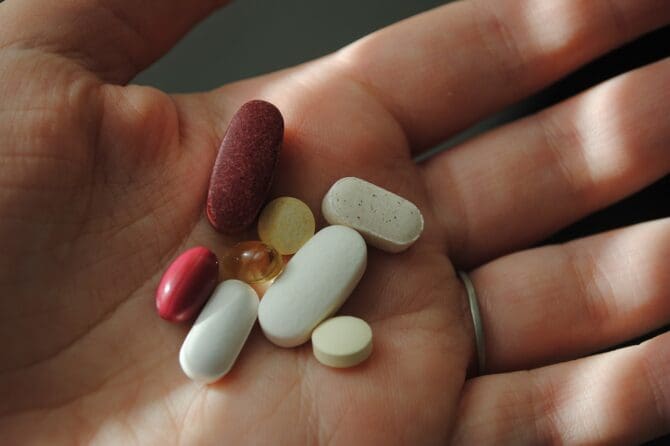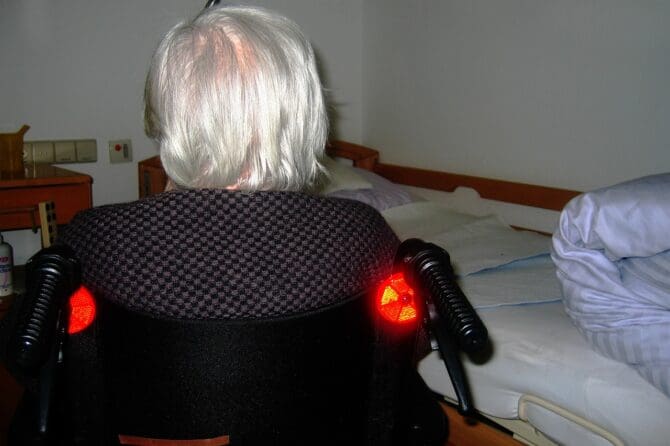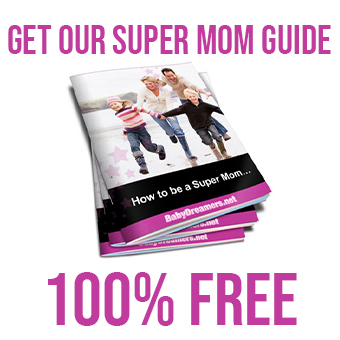Starting solids is one of the most exciting (and sometimes nerve-wracking) milestones for parents. Watching your baby take their first bites is not only adorable but also marks a big step in their growth and development. If you’re unsure when or how to start—or worried about what to feed—you’re not alone.
In this post, we’ll walk you through everything you need to know about introducing solids, from timing and signs of readiness to first food ideas and tips for success.
When to Start Solids
The American Academy of Pediatrics recommends introducing solid foods around 6 months of age, though some babies may be ready a little earlier, between 4 and 6 months. It’s important not to rush—before 6 months, babies usually get all the nutrients they need from breast milk or formula.
Signs Your Baby Is Ready for Solids
Here are a few key indicators that your baby might be ready to start solid foods:
Good head control: Can hold their head up steadily.
Sits with minimal support: Doesn’t slump over while sitting.
Shows interest in food: Watches you eat or reaches for your food.
Loses the tongue-thrust reflex: No longer pushes food out with their tongue automatically.
Opens mouth when offered a spoon: A sign of curiosity and readiness.
If your baby checks most of these boxes, it’s likely time to give solids a go!
What Foods Should You Start With?
The best first foods are simple, soft, and single-ingredient. Here are some beginner-friendly choices:
Iron-fortified baby cereals (like oatmeal or rice cereal)
Mashed or pureed fruits (banana, avocado, pear, apple)
Pureed vegetables (sweet potato, peas, carrots, squash)
Mashed legumes (lentils or black beans)
Soft scrambled eggs or tiny bits of tofu (from 6 months)
It’s wise to introduce one new food every 3–5 days to monitor for allergies.
Purees vs. Baby-Led Weaning
There are two popular approaches to starting solids:
Traditional Purees: Starting with smooth mashed foods and gradually moving to chunkier textures.
Baby-Led Weaning (BLW): Offering soft, appropriately sized finger foods that babies feed themselves.
Both methods are safe and healthy when done correctly. Some parents use a hybrid approach—starting with purees and slowly adding finger foods as baby becomes more skilled.
Helpful Tips for a Smooth Start
Start slowly: One or two teaspoons once a day is enough in the beginning.
Pick the right time: Choose a time when your baby is alert, not too hungry or too tired.
Expect mess: This is a learning experience! Keep bibs, wipes, and patience nearby.
Avoid pressure: Let your baby explore. If they’re not into it, try again tomorrow.
Watch for cues: If baby turns away or closes their mouth, don’t force it.
Foods to Avoid in the First Year
There are a few items you should hold off on during baby’s first year:
Honey (risk of botulism)
Cow’s milk as a main drink (okay in recipes or small amounts)
Choking hazards (whole grapes, raw carrots, popcorn, nuts)
Added sugars and salt (let baby taste food as naturally as possible)
FAQs About Introducing Solids
Should I stop breastfeeding or formula feeding once I start solids?
No. Solids are just a supplement during the first year. Continue breastfeeding or formula feeding as your baby’s main source of nutrition.
How many meals a day should my baby eat?
Start with one small “meal” a day and gradually increase to two or three meals by 8–9 months, depending on your baby’s appetite.
How do I prevent choking?
Offer age-appropriate textures and always supervise your baby while eating. Avoid hard, round, sticky, or crunchy foods early on.
Can I add spices or herbs to baby’s food?
Yes, after 6 months you can introduce mild herbs and spices (like cinnamon or basil). Avoid salt and sugar.
What about water—should my baby drink it with meals?
You can offer small sips of water with meals starting around 6 months, but breast milk or formula should still be the primary drink.
How can I tell if my baby is allergic to a food?
Look for signs such as rash, hives, swelling, vomiting, or difficulty breathing. Introduce common allergens (like peanuts, eggs, dairy) one at a time and in small amounts.
Is it okay if my baby doesn’t eat much?
Yes! Early solid feedings are more about exploration than nutrition. Some babies take to it quickly, others need more time.
What utensils or gear do I need to start?
A high chair, soft-tipped baby spoon, small bowls, bibs, and baby-safe plates or suction trays are helpful. For BLW, baby-safe self-feeding spoons are great too.
—
Introducing solids is a fun and sometimes messy adventure—but it’s also an incredible opportunity to help your baby build a healthy relationship with food. Go slow, follow your baby’s cues, and remember: every baby eats at their own pace. Before long, mealtimes will become one of your favorite parts of the day!











